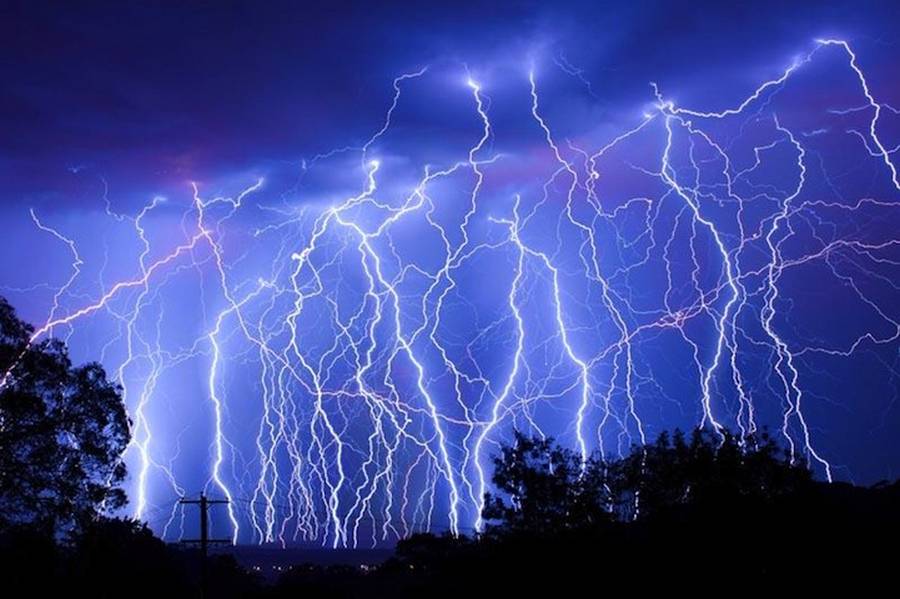Thousands of lightning bolts strike the Earth’s surface roughly every couple of seconds, but despite their ubiquity, this phenomena is somewhat poorly understood. Lightning is also unpredictable. While humans have been placing lightning rods for centuries to increase the probability of striking in a certain fixed point, its path cannot be controlled. That may be true in nature, but in the confinement of a lab of the INRS Énergie Matériaux Télécommunications research centre (Varennes, QC, Canada), scientists have defied this common knowledge and used lasers to coax lighting to follow a predefined path.

Lightning is one of the most powerful forces found in nature (if one single lightning strike was harnessed, the energy would power an entire home for a whole week), but at its core we can say that lightning is nothing but a discharge of static electricity. What we know from static electricity is that these discharges are caused by separation of charges into positive and negative ions. Over time more of one charge builds until its natural attraction to the opposite charge causes it to migrate in an electrical discharge. In the case of lightning, the charge is built up in water.
So, when you discharge static electricity between two tiny electrodes that’s basically a mini lightning strike – a couple of million volts short of the real deal discharged in thunder clouds. Electric arcs are used for all kinds of applications, from things as simple as ignition in a vehicle, to pollution control, to micromachining. Now, if you could also control the path of electric arc, then a slew of other potential applications could open up.

One first baby step was made by the team at Advanced Laser Light Source facility, INRS. Their experiment was based on the self-healing properties of certain laser beams. When a laser beam is obstructed by an object, it can sometimes reconstruct its intensity once past the object. Using various laser shapes, like Airy beams and Bessel beams, the researchers guided electrical discharges and effectively controlled the path of mini lightning bolts, as described in Science Advances.
“Our fascination with lightning and electric arcs aside, this scientific discovery holds out significant potential and opens up new fields of research,” said Yves Bégin, vice dean of research and academic affairs at INRS. “This spectacular proof of concept, which was conducted over a distance of a few centimetres, required the high-power lasers, state-of-the-art facilities, and extraordinary research environment that our professors helped to create at INRS. Being able to work in such cutting-edge labs enables our students and postdoctoral fellows to embark on the path of scientific discovery even while still in school.”


